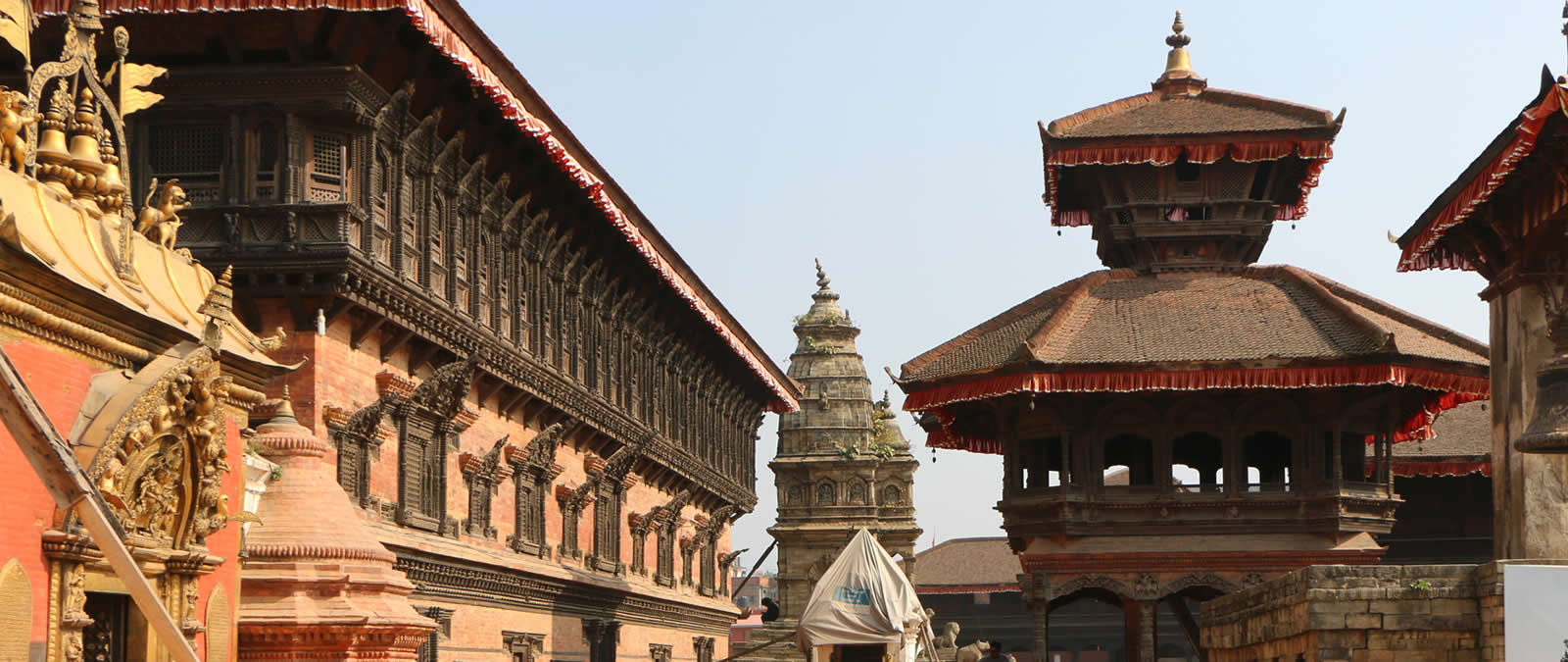
The Recorded History of Nepal dates back to 3000 years (approx.) when the Gopalas (cow herders) and Mahispalas (buffalo herders) ruled then Nepal with the capital at the southwest corner of today’s Kathmandu valley. How the Mahispalas overthrew the Gopalas reign is still a mystery, but there are contradictory hypotheses related to it.
Around the 7th-8th century BC, Kiratis are believed to have displaced the predecessor and ruled the valley for the next hundreds of years. One of the famous Kirat king, Yalamber, is mentioned in the epic ‘Mahabharata’. By 300 AD, Licchavis believed to have come from Northern India, confiscated the Royal powers from the long stayed Kiratis. Licchavis’ works are still praised worthy. They built dozens of architectures and sculptures, introduced cultures and traditions, and encouraged design works. One of their endowment is the brilliant Changunarayan Temple (dates 5th century old), which is listed in UNESCO World Heritage Sites. This is why the Licchavis ruling period is designated as the ‘Golden Period’.
The next ruler is Thakuris. Instead of annexing the powers from Great Lichhavis, Amshuverma (Thakuris) married the daughter of Licchavi and got enthroned. Even his works are as precious as was of Licchavi rulers. This clever king married off his daughter Bhrikuti to the famous Tibetan King Tsong Tsen Gampo propelling a good relationship with Tibet. Thakuris were superseded by the Mallas at around 1200 AD. It is believed that Ari Dev (a Licchavi King) was fond of wrestling, so he adopted a new surname Malla, which literally means ‘wrestler’. Consequently, Ari Dev became the last king of the Licchavi period and the first king of the Malla Dynasty as Ari Malla.
The so-called Mallas continued their sovereignty for about 550 years not until shahs displaced them. During the monarchy of Mallas, great reformations took place. This was when most of today’s architectural wonders including Kathmandu Durbar Square, Patan Durbar Square, and Nyatapole were built. ‘Kumari’ Pratha was introduced during the Malla regime. They introduced dozens of traditions, which are today’s Nepal’s precious heritage. By the late 1700s, Prithvi Narayan Shah started his unification campaign and conquered multiple independent principalities (around 46) including the Kathmandu valley to establish a single nation ‘Nepal’.
Shahs were the last kings of Nepal, who were under power from 1769 until 2008. But, within this short period, Ranas overruled the Shahs power and started their autocratic regime. Jung Bahadur Rana with his brothers killed the military officers, palace guards including the then prime minister Chautariya Fateh Jung Shah and his ministers during the meeting at Hanuman Dhoka Palace, known as the Kot Massacre on 14th September 1846. He inaugurated hereditary ruling. Ranas regime is considered as the darkest period in the history of Nepal because, during this period, the development works were kept at a halt. But the monarchy didn’t last long. King Tribhuvan with the help of India and other International supporters dismissed the 104 years long rule of Ranas and introduced multiparty democracy in the 1950s. As a result, Matrika Prasad Koirala was elected the prime minister.
Within a short period, King Tribhuvan died and his son Mahendra superseded the throne and dismissed the established parliamentary system in 1960. He banned the political parties and started his rule. Finally, mustering enough courage against the shah’s regime, citizens forwarded People’s movement I to reinstate the democracy in 1990, while King Birendra (eldest son of King Mahendra) was in power. He reestablished the multiparty democracy system and announced King as the head of state while the prime minister was the executive body.
But something unexpected happened on 1st June 2001-the Royal Massacre. In the house of the Nepalese Monarchy (Narayanhiti Royal Palace), the royal family was assassinated including the then king Birendra with all his family members except his brother Gyanendra and his family. So, Gyanendra was enthroned as a king in 2001 until 2008 when people’s movement II expelled the Royal family and established a new system (Federal Democratic Republic), where the president becomes the head of the nation while prime minister as the executive body. The country replaced its Interim constitution (adopted in 2007) with the Constitution of Nepal in 2015.